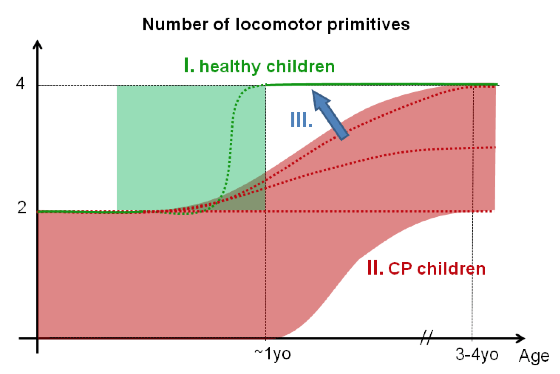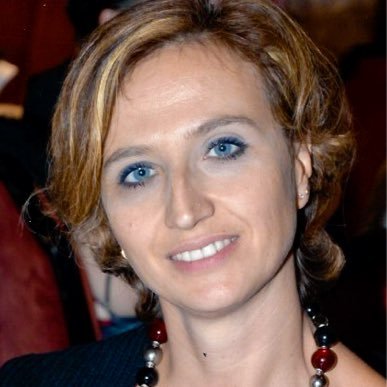The development of walking in children with cerebral palsy
Project Description
Walking is the most common form of terrestrial locomotion adopted by humans and limbed animals. Learning to walk is a natural process for most children, but it is challenging for children with cerebral palsy (CP). CP is a non-progressive syndrome involving poor motor control, spasticity, paralysis, and other neurological problems caused by lesions in an immature brain. The aim of my PhD project is to characterize the underlying mechanisms of the development of walking in children with CP, by the combined measurement of brain and muscular activity. We follow the walking development of 40 children with (high risk for developing) CP between 1 month and 3 years old, during 2 years for 5 measurements.
Project Details

Muscle synergies
The coordinated muscle activation during walking can be decomposed into muscle synergies (also called locomotor primitives), i.e. groups of muscles activated together. The number of muscle synergies in typically developing (TD) children increases throughout the motor development from two during neonate stepping to four in toddlers when they start to walk independently (Dominici et al., 2011). We hypothesize that already in this early stage of motor development the muscle synergies in children with CP are different from the ones observed in TD children.



